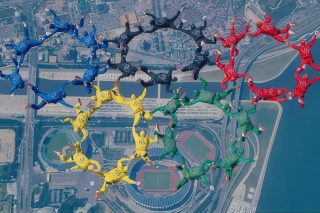Our Very Own Iron Man
News
Posted by: International Skydiving Museum & Hall of Fame
6 years ago
By: International Skydiving Museum & Hall of Fame Staff
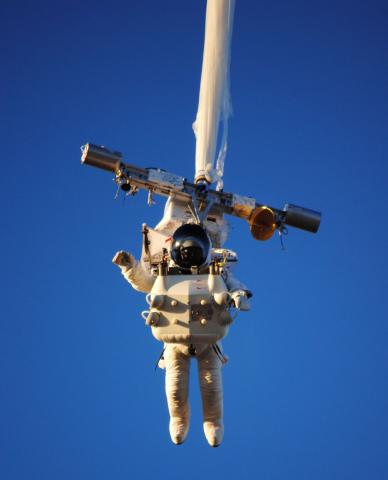
All About the Guy Who Nailed That Surprise Record: Alan Eustace is an interesting flavor of adventurer: part logistician, part scientist, part dreamer, part daredevil. If Iron Man had a real-world counterpart, it would certainly be Alan. We all remember the day in 2014 that he quietly beat out Felix Baumgartner’s much-ballyhooed Red Bull Stratos jump for sheer altitude — and we all remember wondering who, exactly, he was, having seemingly popped out on the tip-top of the skydiving scene out of near-nowhere. So — let’s address that, shall we?
Like most of us, Alan fell in love with all things airborne as a very young child. He started skydiving in 1975, alongside his best friend David.
“[David] convinced me to go,” Alan remembers. “He was super excited about it, so pretty much the day he turned 18, he convinced me with him to a place in Florida called Paragators, run by a guy named Jimmy Godwin.”

At the time, sport skydiving was — of course — done under round canopies, in big boots and heavy overalls. Half the training was jumping from a 4-foot platform into a pit of sawdust, in 100-degree heat and the standard 90-degree Floridian humidity. At the end of the grueling ground school, Alan and David did a static line out of a 180.
“After that,” Alan grins, “I was going to be done, but David absolutely loved it. He was convinced it was the best thing he had ever pulled off, and he convinced me to come back for jump number two. The only thing that was working in my favor is he had done horribly on his first jump and I had actually done well.”
Alan and David continued to skydive for several years afterward. After that, however, both men walked away from the sport for a while. Alan paused his skydiving career in 1981 when he moved back to California and took up fixed-wing flying. He sold his rig; he was done. And then, sometime in the mid-00’s, he fielded an interesting request.
“A friend of mine asked me if it was possible to skydive out of a Gulfstream — a G550 jet,” he remembers, “and I said, I don’t know, but I’m a pilot, a skydiver and engineer. I’ll be happy to look at it for you if you want. So I went and looked at a Gulfstream G550. I mean — it is a huge jet, a beautiful aircraft. I had never even been in one before. I walked away saying that would be a pretty decent jump aircraft — a pretty high- end one, but it should work. I went and told him that I thought it was possible.”
From there, in classic Alan style, he started a personal mission to get that jump done.

“I thought it was going to be simple — just jump out of it,” he laughs, “but getting the FAA to approve it was more difficult than I had anticipated.”
In the end, it took five years. In fact, it took three years of work before it looked like it would actually even have a chance of happening. Alan stuck to his guns — and used the project as leverage to get himself recurrent.
“I thought to myself, if I’m going through all the trouble to get FAA permission to jump out of a Gulfstream, I want to jump out of it myself,” he grins.
To that end, Alan went down to Perris Valley and got retrained. He bought a new rig. A guy named Luigi Cani (who you might know from Cani TV) coached him, and the pair “had a blast” together. In the end, Alan got his five jumps or so from that Gulfstream 550 — and, as it turns out, a whole new project to obsess over.
“In a strange way, Luigi was also responsible for me doing the stratospheric jump,” Alan explains, “because he was interested in doing a stratospheric jump himself. He asked me to come take a look at a capsule at the Mojave Airport that was leftover from an around-the-world balloon flight. Well, I did, and at the end of it I told Luigi, there was no way I would spend the money on that capsule. If I was doing it, I would try to figure out a way to design a scuba-diving-style equivalent for the stratosphere instead.”
Luigi’s project funding fell through, but Alan’s idea stuck with him. One day, he called Luigi back up and asked for his blessing to tackle the dream himself.
“He said best of luck,” Alan smiles, “so that’s what started the whole thing.”
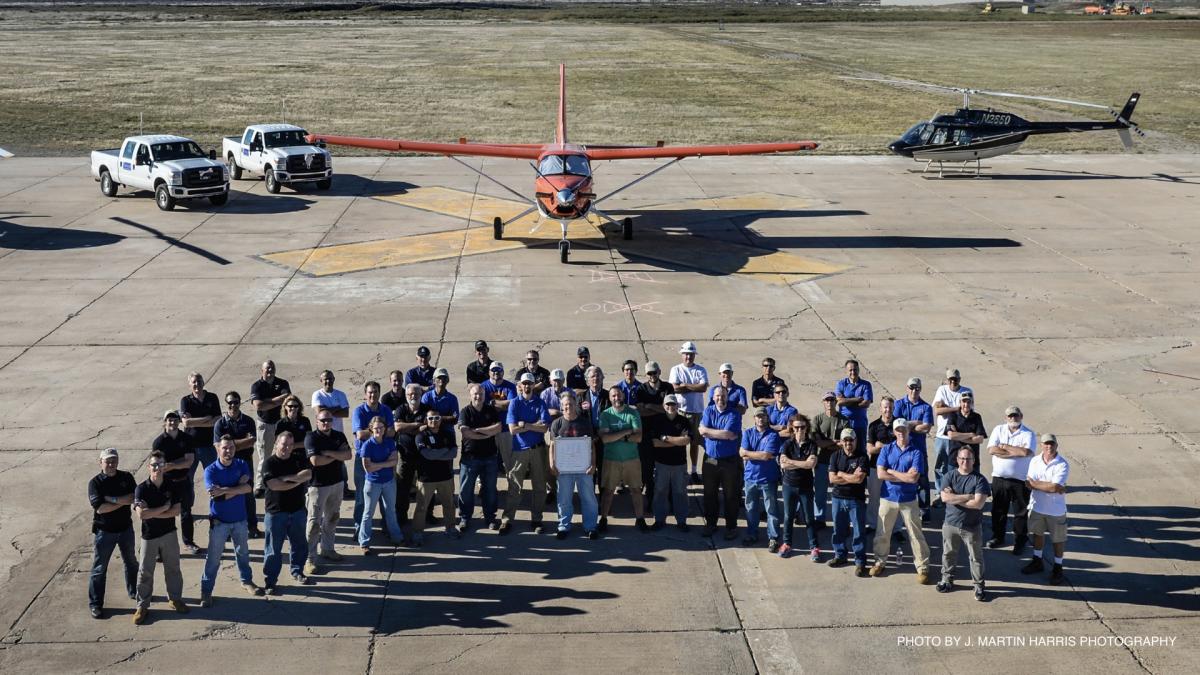
As all superheroes do, Alan assembled a team: the world-class StratEx team, to be specific. StratEX set about designing, building and testing a scuba-like system for the exploration of the Earth’s stratosphere. Being an entirely self-funded project, the team had to find innovative ways to both streamline the process and reduce the cost of jumping from space. Innovations included devising a method to be lifted to jump altitude without the need for an expensive capsule (solution: keeping Alan’s body suspended in his pressure suit/jumpsuit from a balloon), inventing a method to keep the drogue chute from entangling in the absence of resistance in space, finding a means to significantly reduce the likelihood of potentially fatal flat spins while in descent, and devising a method to remove body heat and moisture from the heavy pressure suit. (If you want to see it, you can: The pressure suit/jumpsuit he used for the jump is now on display at the Nationals Air and Space Museum at the Steven F. Edvar-Hazy Center.)

Eustace and the team spent three years preparing for the jump — but steered well clear of publicizing the efforts. The technical challenges of the project were steep enough without adding the distractions and scrutiny of media attention, so Eustace declined sponsorship from his employer (Google, for whom he had served as Google’s Senior Vice President of Knowledge for 13 years) in order to keep the effort from becoming a highly publicized marketing event.
As we all remember, it paid off. In the final test of this system, Alan and the StratEX team set three new skydiving world records, including the highest exit altitude (135,899 feet, 41,422 meters).
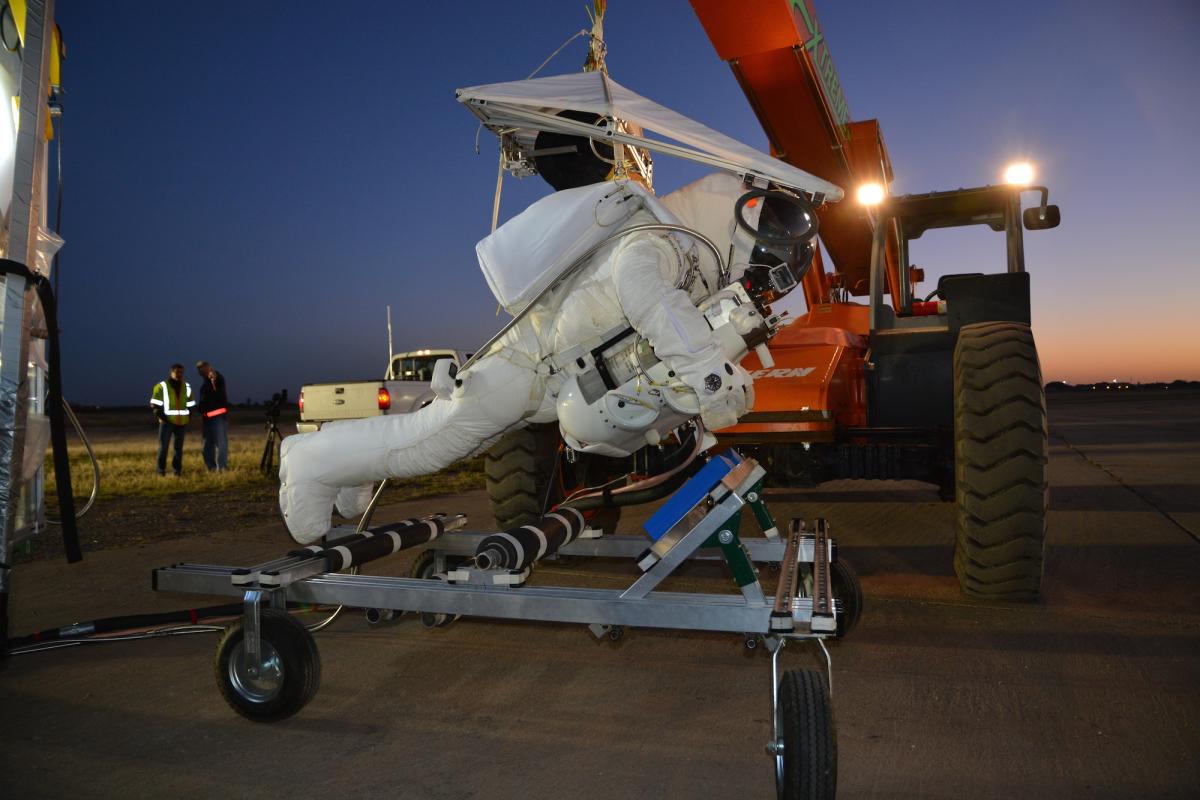
Early in the morning of October 24, 2014, Alan Eustace ascended from an abandoned runway in Roswell, New Mexico for two hours and seven minutes, tethered under a helium-filled balloon, to an altitude of 135,889. There, he released from the balloon to descend for 4 minutes and 27 seconds, achieving a speed in freefall of 822 miles per hour. The jump set a world record for both the highest freefall jump and total freefall distance of 123,414 feet. As of publication, those records still stand. Today, Alan still skydives and flies quite a bit. (He received his ATP helicopter rating the Friday before our interview, as a matter of fact.)
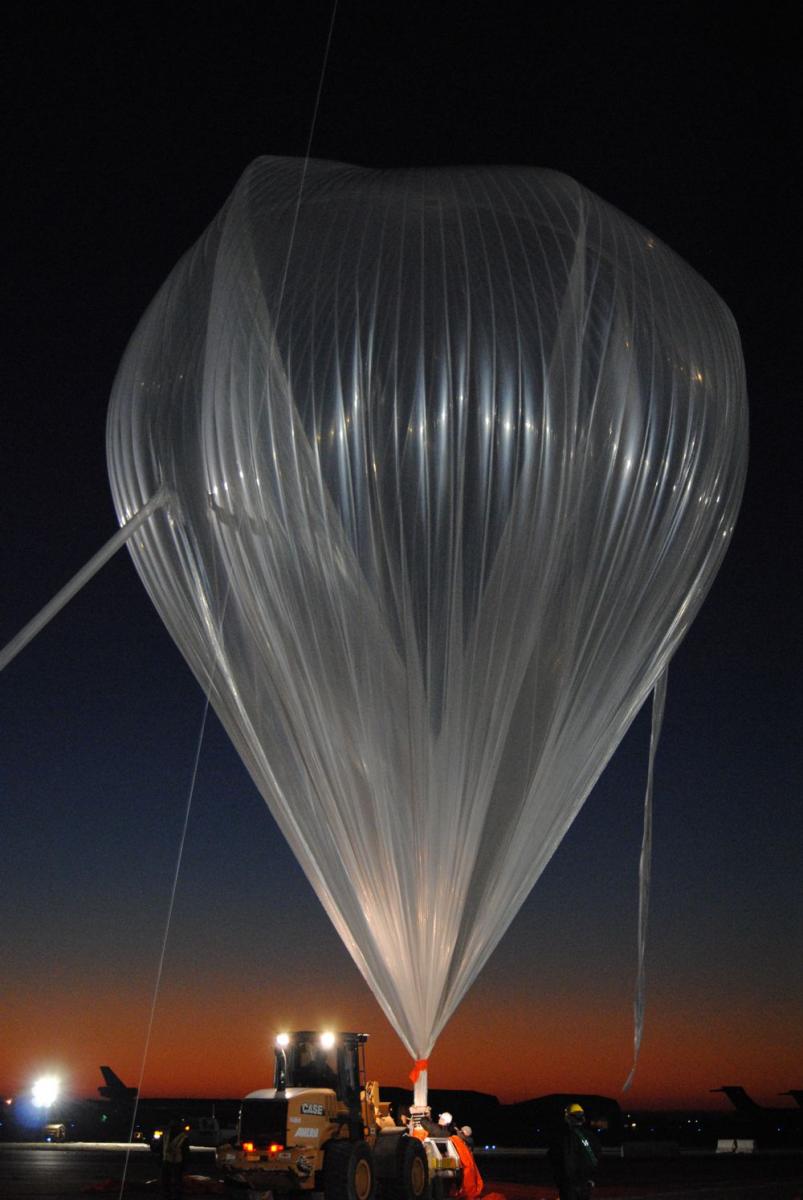
“I love anything that flies,” he muses, “whether it’s a skydiver, an airplane, a helicopter, a balloon…I’ve tried hang gliding and paragliding, too. If it involves flying, sign me up. I still try and keep my pro-rating up, but I’ve got three kids and I keep pretty busy.”
Boy howdy. Since Alan retired, he has taken on three major projects: one of which is in the energy sector, trying to help a company build fusion reactors.
“If you can solve the fusion problem, you can solve the world’s energy problem,” he explains.
He’s also working with an electric vertical takeoff and landing company (“They’re doing really cool things — essentially building Ultralites that will allow people to get the freedom of flight in a way that they have never been able to do before.”) He’s also been working with a healthcare company, changing incentives in the US health system.
“It definitely keeps me busy,” he says, “but I still like to go to the drop zone. I have a lot of friends there. When I started skydiving again after a long layoff, the first time I stepped out of the airplane, I thought this is just as much fun as I remember it, and it remains so. The times I do get to jump, it is just as joyful as I remember, and the friends are just as good as I remember. It is a great sport and a great community. I love being a part of it.”
Categories:
You May Be Interested In:

2025 Path & Pioneers of Excellence Recipients Revealed!
3 weeks ago by Nancy Kemble Wilhelm

Congratulations to Museum Trustee Sherry Butcher!
1 month ago by Nancy Kemble Wilhelm
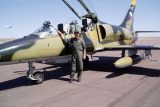
Don Kirlin Joins Board of Trustees
3 months ago by Nancy Kemble Wilhelm

Congratulations Hall of Fame Class of 2025!
4 months ago by International Skydiving Museum & Hall of Fame
Join the Mission
Be Part of Skydiving History
As a nonprofit organization, we are counting on investments of time, talent, and resources from our collective community to make the International Skydiving Museum & Hall of Fame a reality.
